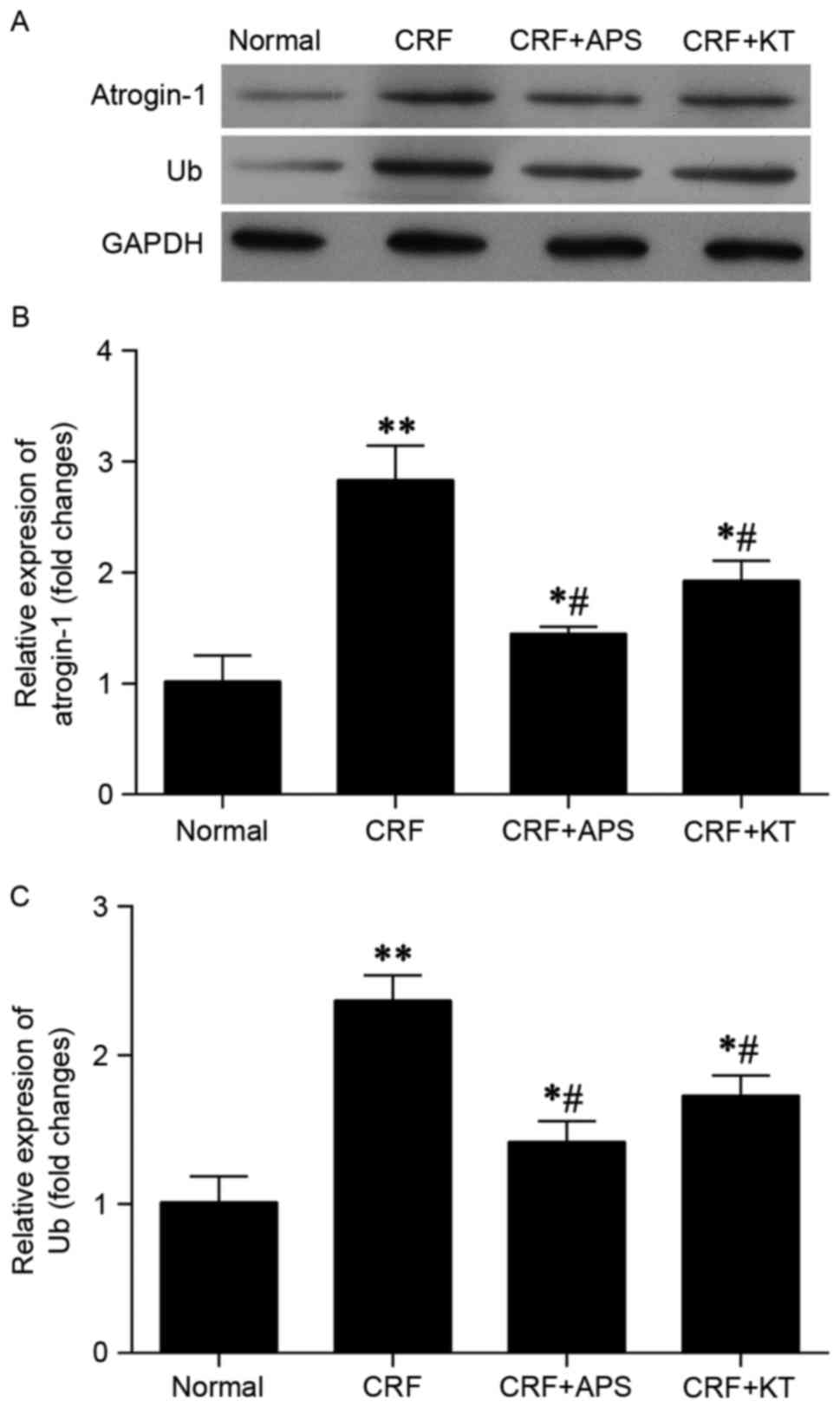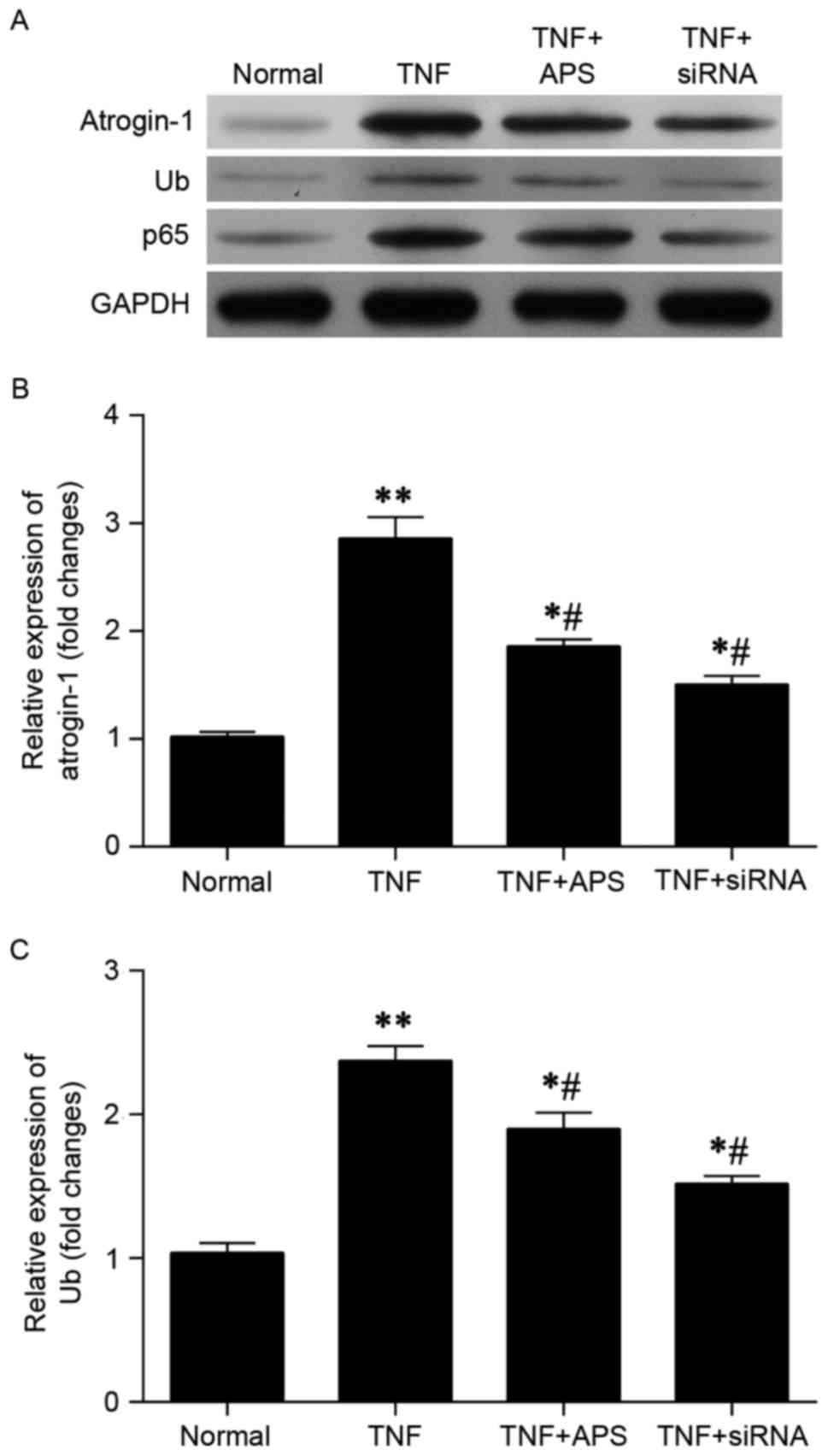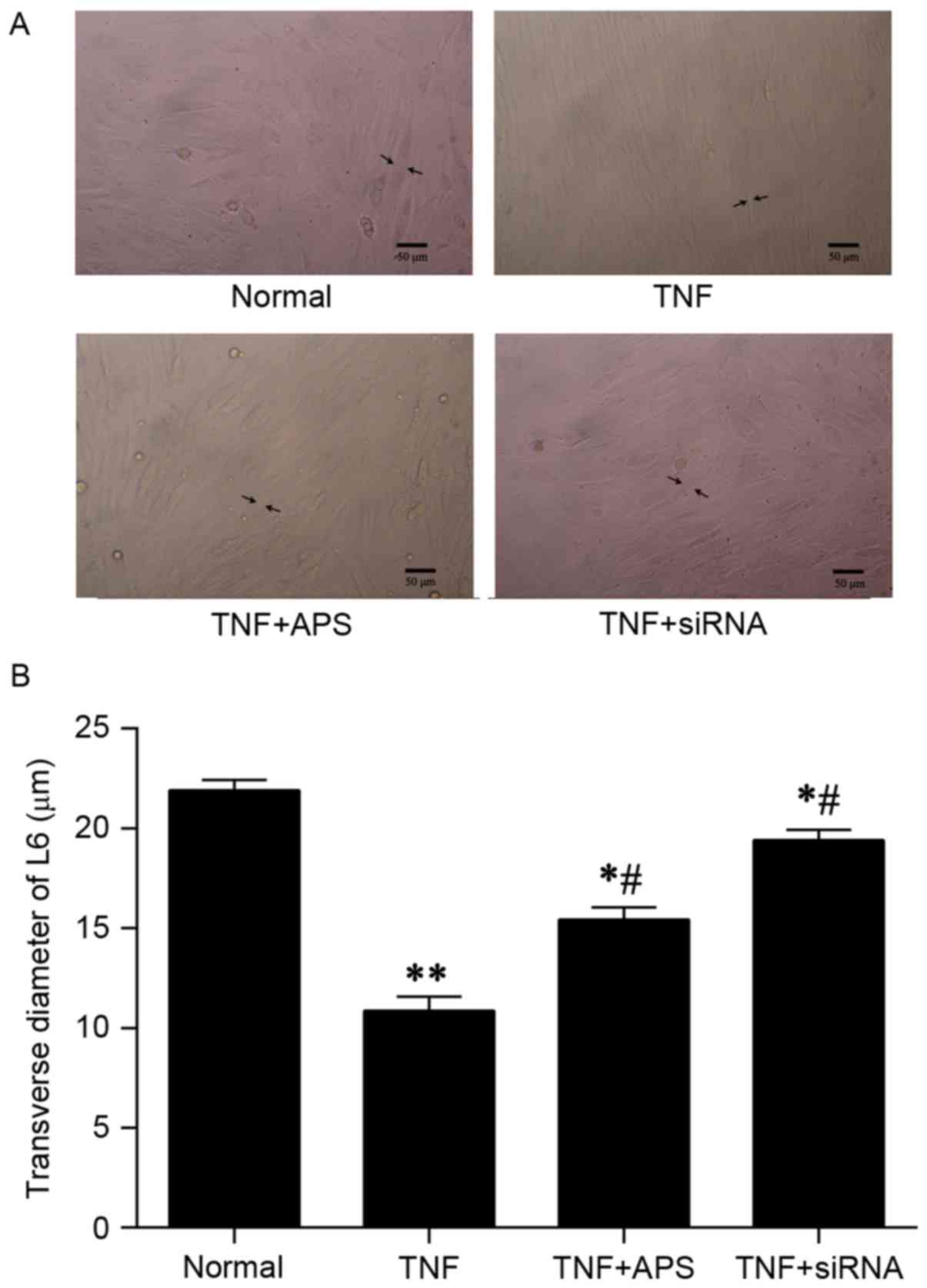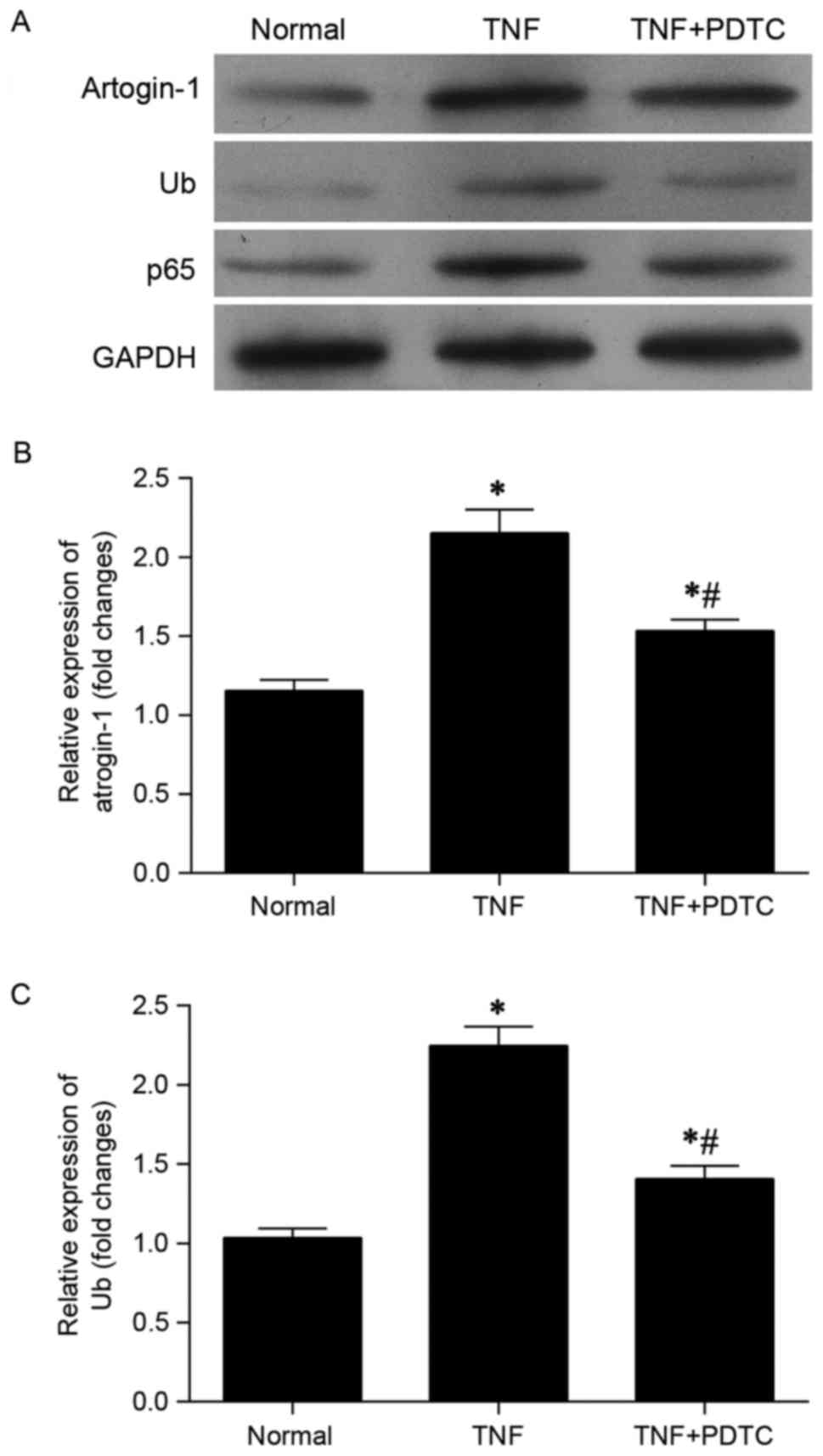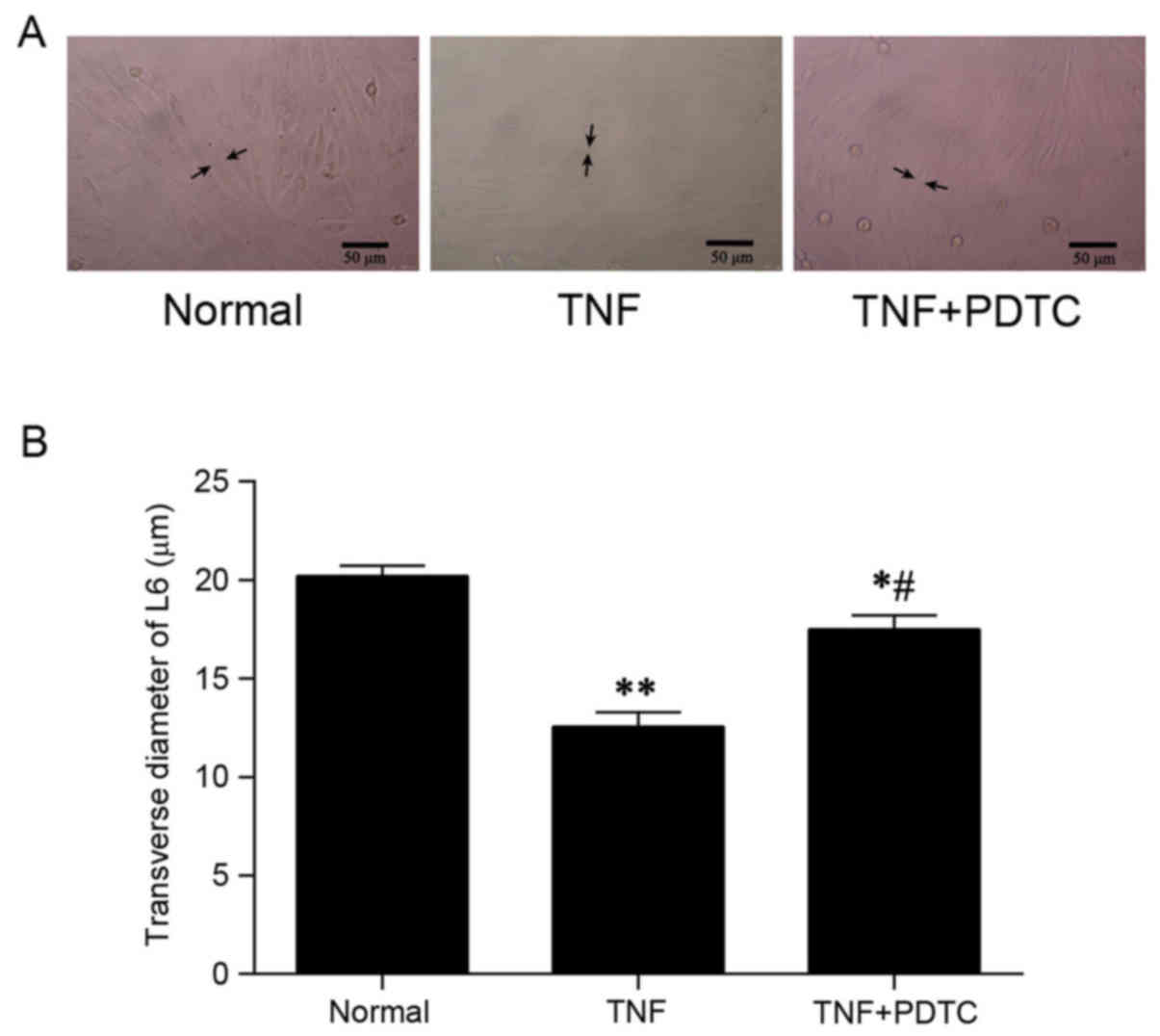|
1
|
Dane MJ, Khairoun M, Lee DH, van den Berg
BM, Eskens BJ, Boels MG, van Teeffelen JW, Rops AL, van der Vlag J,
van Zonneveld AJ, et al: Association of kidney function with
changes in the endothelial surface layer. Clin J Am Soc Nephrol.
9:698–704. 2014. View Article : Google Scholar : PubMed/NCBI
|
|
2
|
Thomas R, Kanso A and Sedor JR: Chronic
kidney disease and its complications. Primary Care. 35:329–344vii.
2008. View Article : Google Scholar : PubMed/NCBI
|
|
3
|
Seveso M, Grizzi F, Bozzini G, Mandressi
A, Guazzoni G and Taverna G: Open partial nephrectomy: Ancient art
or currently available technique? Int Urol Nephrol. 47:1923–1932.
2015. View Article : Google Scholar : PubMed/NCBI
|
|
4
|
Windecker S, Tijssen J, Giustino G,
Guimarães AH, Mehran R, Valgimigli M, Vranckx P, Welsh RC, Baber U,
van Es GA, et al: Trial design: Rivaroxaban for the prevention of
major cardiovascular events after transcatheter aortic valve
replacement: Rationale and design of the GALILEO study. Am Heart J.
184:81–87. 2017. View Article : Google Scholar : PubMed/NCBI
|
|
5
|
Fan Q, Chen M, Zuo L, Shang X, Huang MZ,
Ciccarelli M, Raake P, Brinks H, Chuprun KJ, Dorn GW II, et al:
Myocardial ablation of g protein-coupled receptor kinase 2 (GRK2)
decreases ischemia/reperfusion injury through an anti-intrinsic
apoptotic pathway. PLoS One. 8:e662342013. View Article : Google Scholar : PubMed/NCBI
|
|
6
|
Piccoli GB, Leone F, Attini R, Parisi S,
Fassio F, Deagostini MC, Ferraresi M, Clari R, Ghiotto S, Biolcati
M, et al: Association of low-protein supplemented diets with fetal
growth in pregnant women with CKD. Clin J Am Soc Nephrol.
9:864–873. 2014. View Article : Google Scholar : PubMed/NCBI
|
|
7
|
Piccoli GB, Ferraresi M, Deagostini MC,
Vigotti FN, Consiglio V, Scognamiglio S, Moro I, Clari R, Fassio F,
Biolcati M and Porpiglia F: Vegetarian low-protein diets
supplemented with keto analogues: A niche for the few or an option
for many? Nephrol Dial Transplant. 28:2295–2305. 2013. View Article : Google Scholar : PubMed/NCBI
|
|
8
|
Lian Y, Xie L, Chen M and Chen L: Effects
of an astragalus polysaccharide and rhein combination on apoptosis
in rats with chronic renal failure. Evid Based Complement Alternat
Med. 2014:2718622014. View Article : Google Scholar : PubMed/NCBI
|
|
9
|
Li YW, Zhang Y, Zhang L, Li X, Yu JB,
Zhang HT, Tan BB, Jiang LH, Wang YX, Liang Y, et al: Protective
effect of tea polyphenols on renal ischemia/reperfusion injury via
suppressing the activation of TLR4/NF-κB p65 signal pathway. Gene.
542:46–51. 2014. View Article : Google Scholar : PubMed/NCBI
|
|
10
|
Mitch W: Mechanisms accelerating muscle
atrophy in catabolic diseases. Trans Am Clin Climatol Assoc.
111:269–270. 2000.
|
|
11
|
Ha YM, Chung SW, Kim JM, Kim DH, Kim JY,
Lee EK, Lee J, Kim YJ, Yoo MA, Jeong KS and Chung HY: Molecular
activation of NF-kappaB, pro-inflammatory mediators, and signal
pathways in gamma-irradiated mice. Biotechnol Lett. 32:373–378.
2010. View Article : Google Scholar : PubMed/NCBI
|
|
12
|
Bodine S, Latres E, Baumhueter S, Lai VK,
Nunez L, Clarke BA, Poueymirou WT, Panaro FJ, Na E, Dharmarajan K,
et al: Identification of ubiquitin ligases required for skeletal
muscle atrophy. Science. 294:1704–1708. 2001. View Article : Google Scholar : PubMed/NCBI
|
|
13
|
Gomes MD, Lecker SH, Jagoe RT, Navon A and
Goldberg AL: Atrogin-1, a muscle-specific F-box protein highly
expressed during muscle atrophy. Proc Natl Acad Sci USA. 98:pp.
14440–14445. 2001; View Article : Google Scholar : PubMed/NCBI
|
|
14
|
Fleck C, Appenroth D, Jonas P, Koch M,
Kundt G, Nizze H and Stein G: Suitability of 5/6 nephrectomy
(5/6NX) for the induction of interstitial renal fibrosis in
rats-influence of sex, strain, and surgical procedure. Exp Toxicol
Pathol. 57:195–205. 2006. View Article : Google Scholar : PubMed/NCBI
|
|
15
|
Dekelbab BH, Witchel SF and DeFranco DB:
TNF-alpha and glucocorticoid receptor interaction in L6 muscle
cells: A cooperative downregulation of myosin heavy chain.
Steroids. 72:705–712. 2007. View Article : Google Scholar : PubMed/NCBI
|
|
16
|
Sun H, Qiu J, Chen Y, Yu M, Ding F and Gu
X: Proteomic and bioinformatic analysis of differentially expressed
proteins in denervated skeletal muscle. Int J Mol Med.
33:1586–1596. 2014.PubMed/NCBI
|
|
17
|
Livak KJ and Schmittgen TD: Analysis of
relative gene expression data using real-time quantitative PCR and
the 2(−Delta Delta C(T)) Method. Methods. 25:402–408. 2001.
View Article : Google Scholar : PubMed/NCBI
|
|
18
|
Manickam P, Kaushik A, Karunakaran C and
Bhansali S: Recent advances in cytochrome c biosensing
technologies. Biosens Bioelectron. 87:654–668. 2017. View Article : Google Scholar : PubMed/NCBI
|
|
19
|
Peng M, Cai P, Ma H, Meng H, Xu Y, Zhang X
and Si G: Chinese herbal medicine Shenqi Detoxification Granule
inhibits fibrosis in adenine induced chronic renal failure rats.
Afr J Tradit Complement Altern Med. 11:194–204. 2013.PubMed/NCBI
|
|
20
|
Lu JR, Han HY, Chen J, Xiong CX, Wang XH,
Hu J, Chen XF and Ma L: Protective effects of Bu-Shen-Huo-Xue
formula against 5/6 nephrectomy-induced chronic renal failure in
rats. Evid Based Complement Alternat Med. 2014:5898462014.
View Article : Google Scholar : PubMed/NCBI
|
|
21
|
Li W, Wang L, Chu X, Cui H and Bian Y:
Icariin combined with human umbilical cord mesenchymal stem cells
significantly improve the impaired kidney function in chronic renal
failure. Mol Cell Biochem. 428:203–212. 2017. View Article : Google Scholar : PubMed/NCBI
|
|
22
|
Zhang YU, Zhou N, Wang H, Wang S and He J:
Effect of Shenkang granules on the progression of chronic renal
failure in 5/6 nephrectomized rats. Exp Ther Med. 9:2034–2042.
2015.PubMed/NCBI
|
|
23
|
Oehring H, Widder J, Appenroth D,
Jirikowski GF and Fleck C: Ultrastructural and
ultraimmunohistochemical changes upon partial nephrectomy and
uranyl intoxication in the rat kidney. Exp Toxicol Pathol.
65:441–449. 2013. View Article : Google Scholar : PubMed/NCBI
|
|
24
|
Carbó C, Arderiu G, Escolar G, Fusté B,
Cases A, Carrascal M, Abián J and Díaz-Ricart M: Differential
expression of proteins from cultured endothelial cells exposed to
uremic versus normal serum. Am J Kidney Dis. 51:603–612. 2008.
View Article : Google Scholar : PubMed/NCBI
|
|
25
|
Rangan G, Wang Y and Harris D: NF-kappaB
signalling in chronic kidney disease. Front Biosci (Landmark Ed).
14:3496–3522. 2009. View
Article : Google Scholar : PubMed/NCBI
|
|
26
|
Zhang YQ, Feng B and Yuan FH: Effect of
chronic renal failure medium on the ubiquitin-proteasome pathway of
arterial muscle cells. Mol Med Rep. 7:1021–1025. 2013.PubMed/NCBI
|
|
27
|
Mohammed-Ali Z, Cruz GL and Dickhout JG:
Crosstalk between the unfolded protein response and NF-κB-mediated
inflammation in the progression of chronic kidney disease. J
Immunol Res. 2015:4285082015. View Article : Google Scholar : PubMed/NCBI
|



